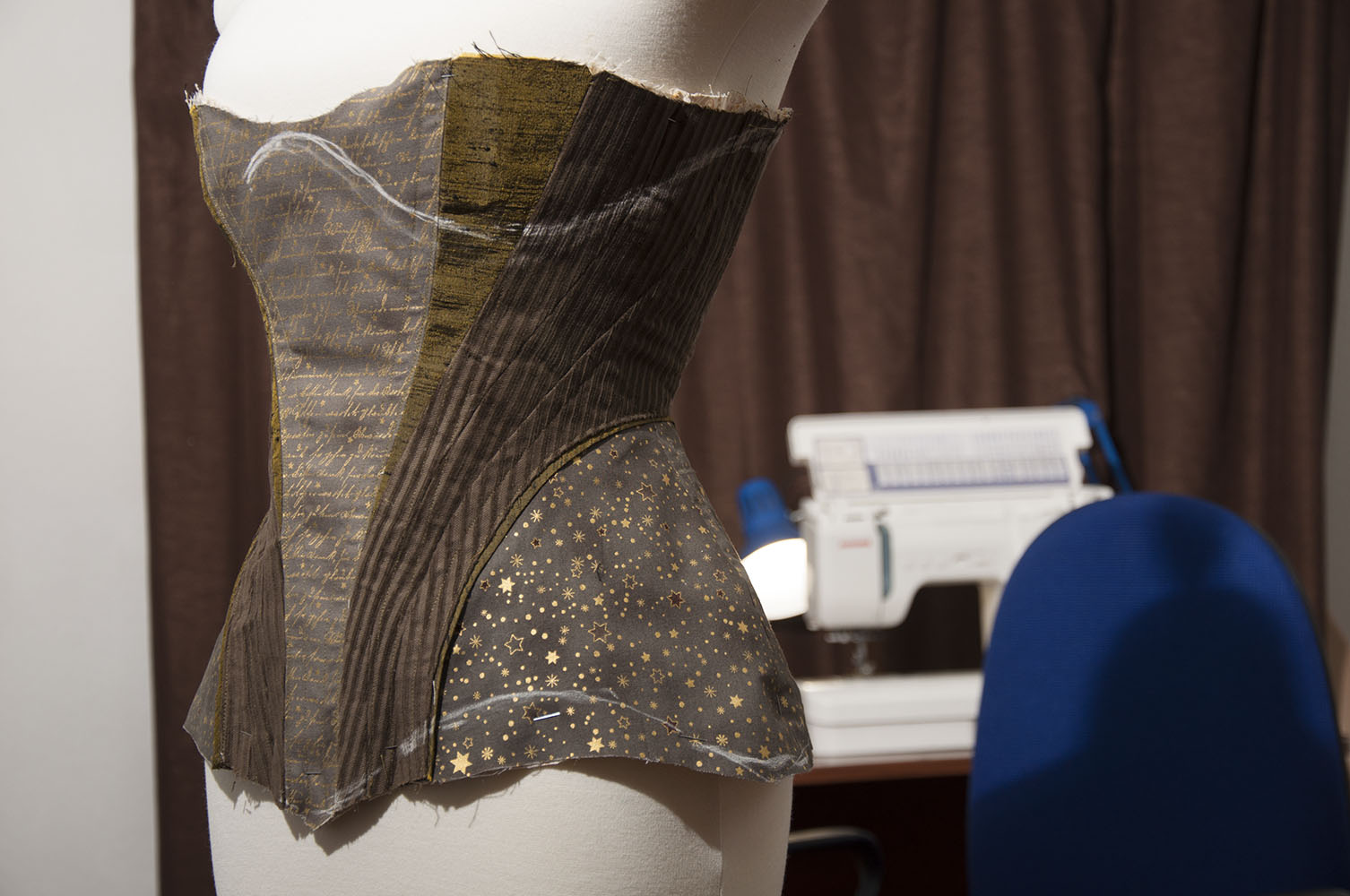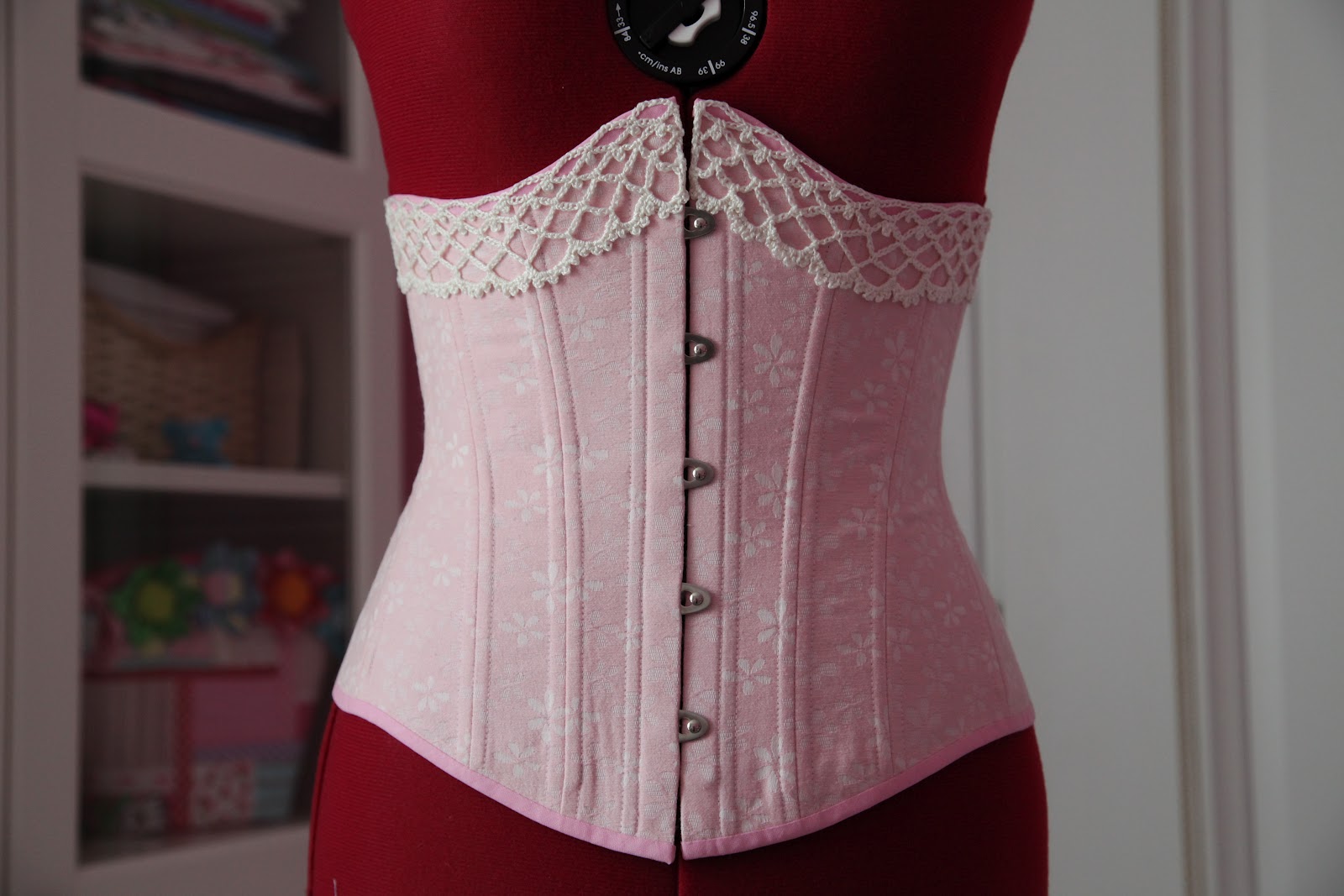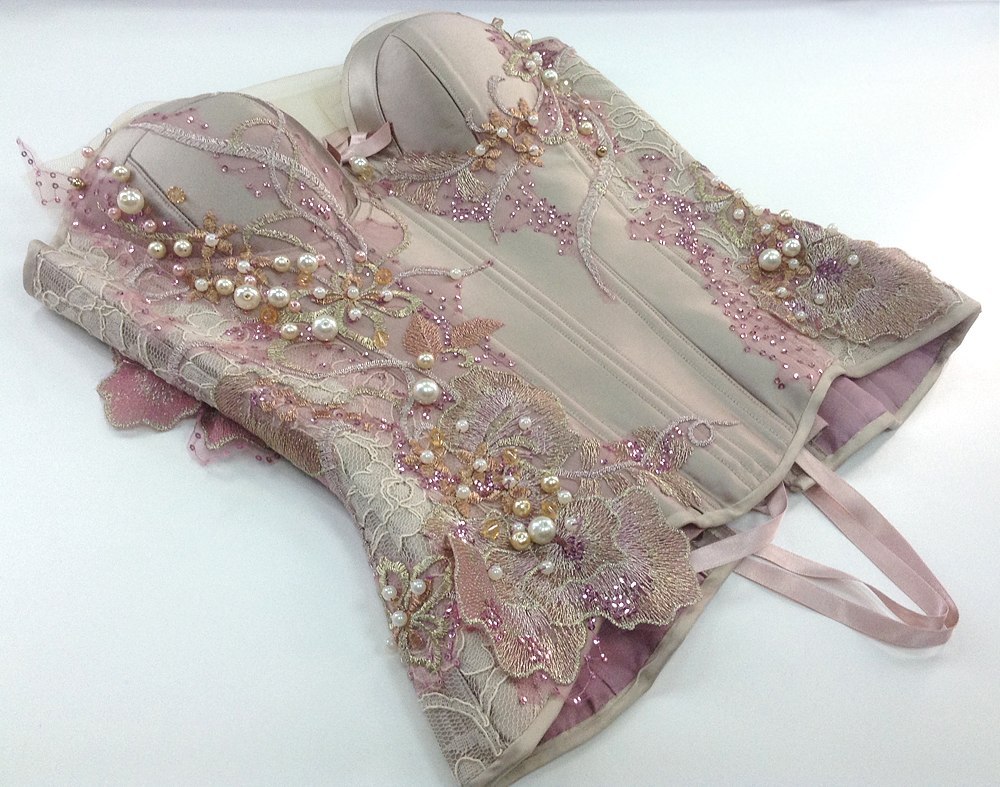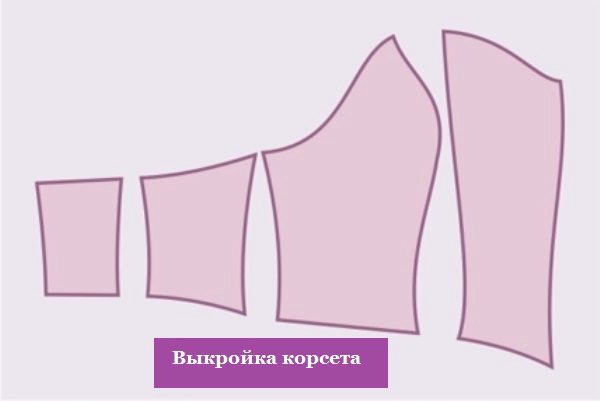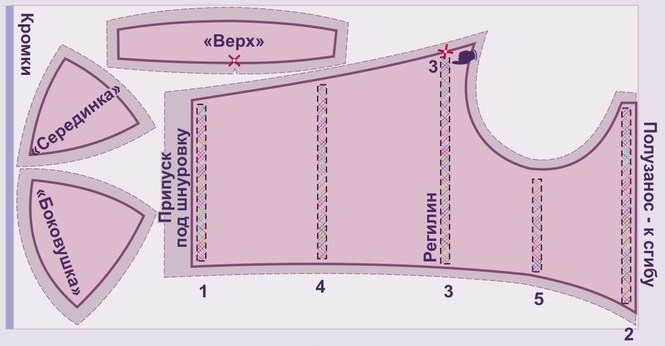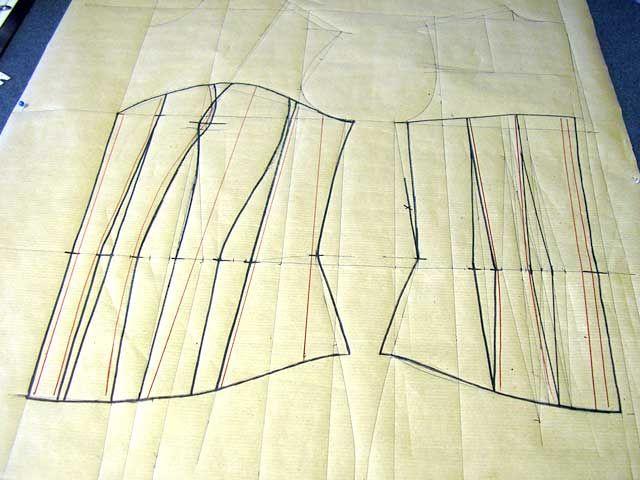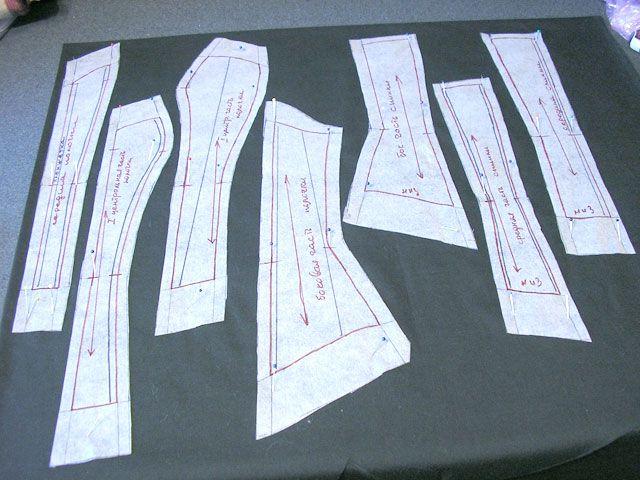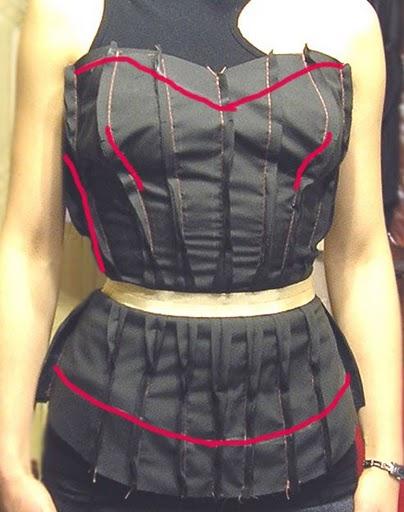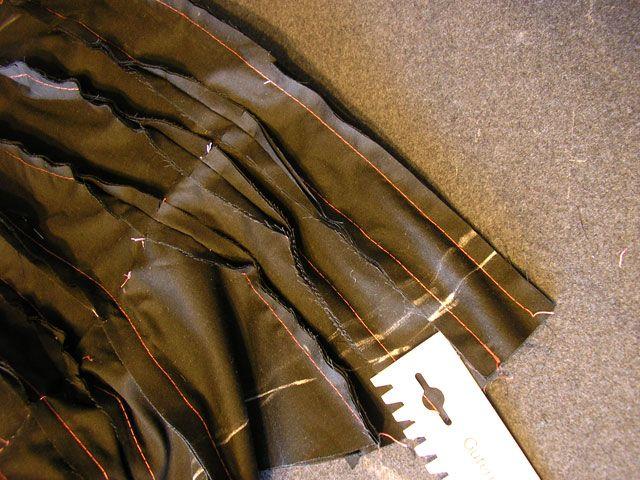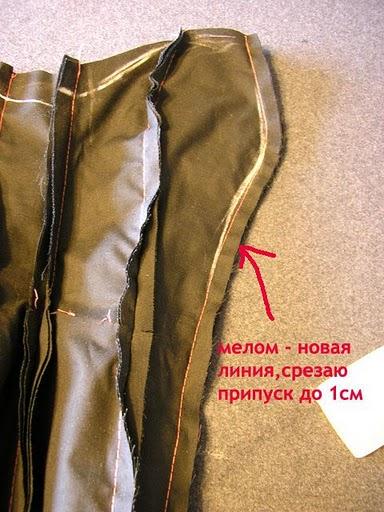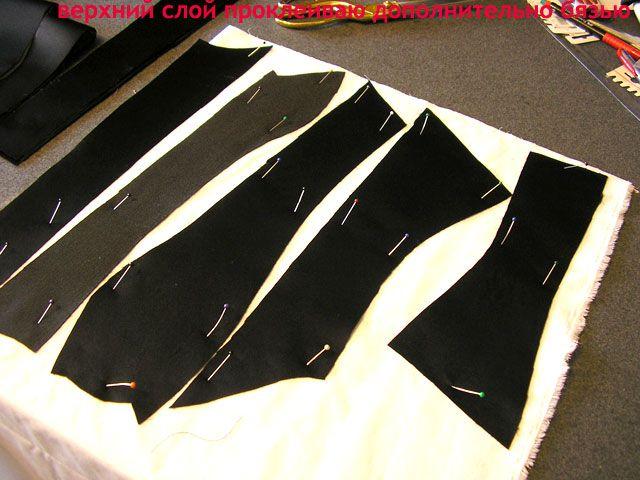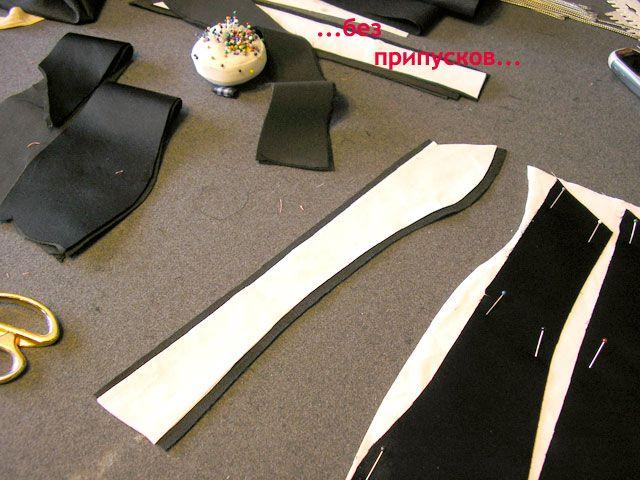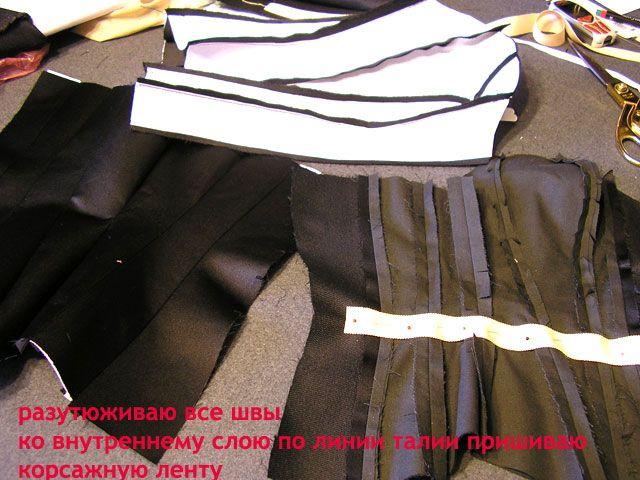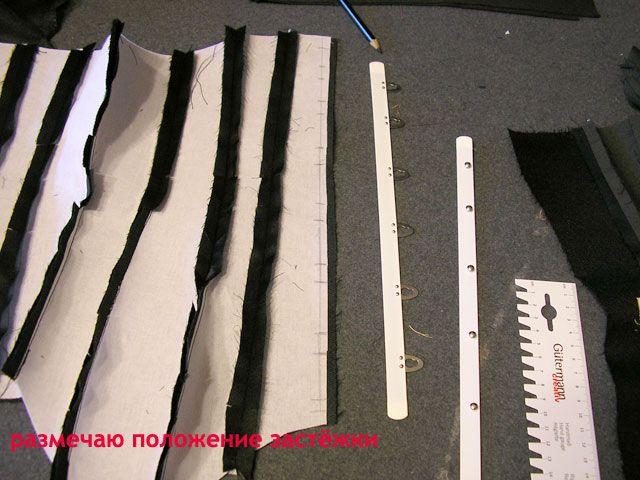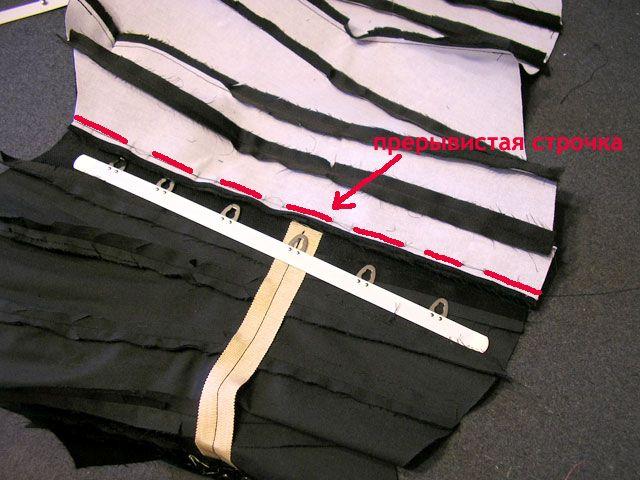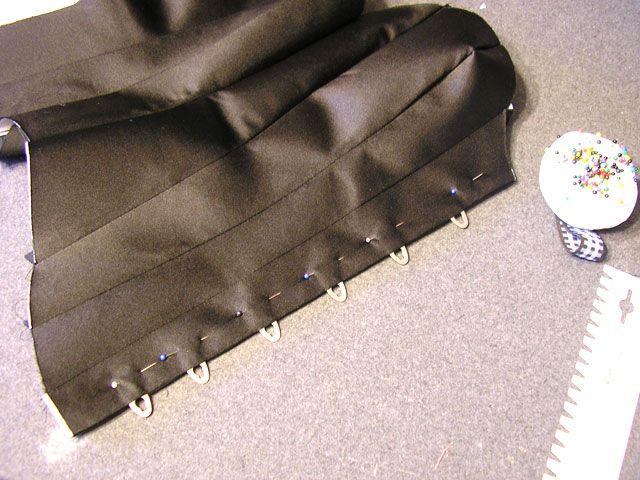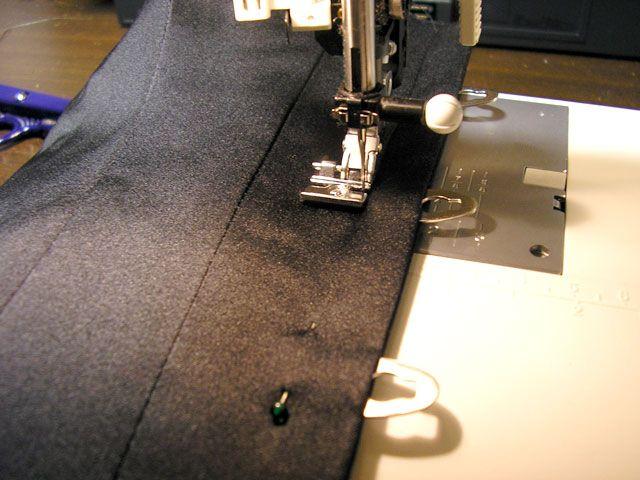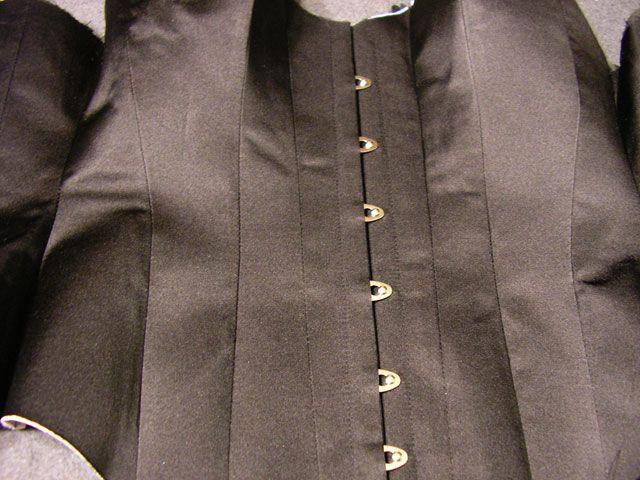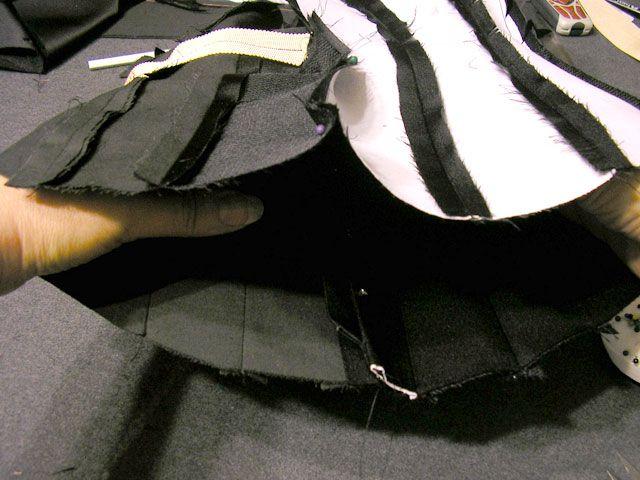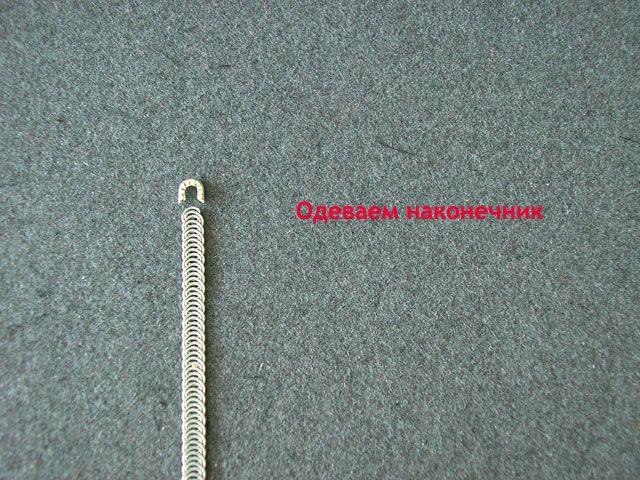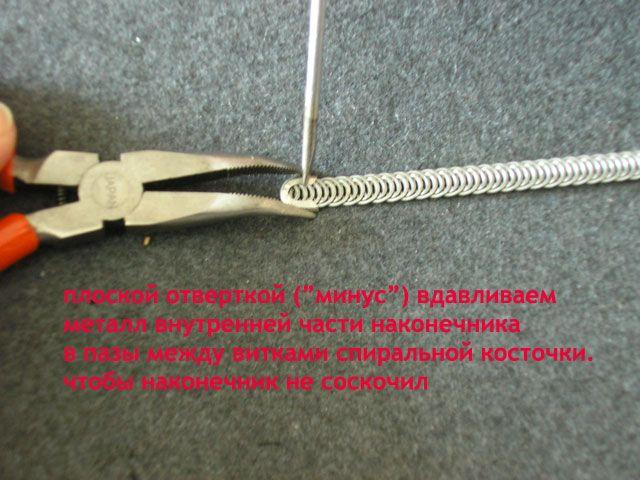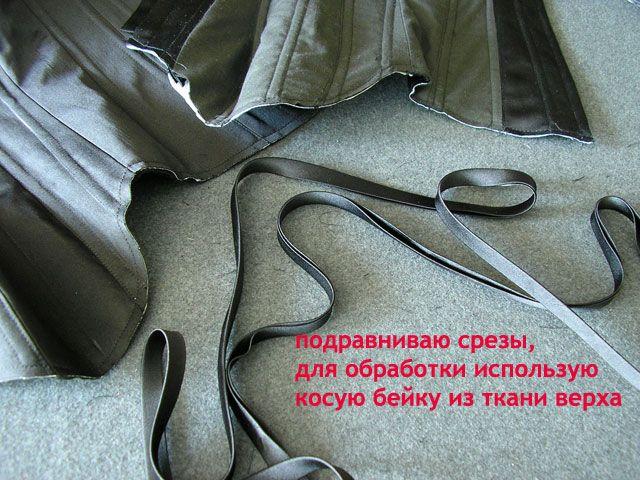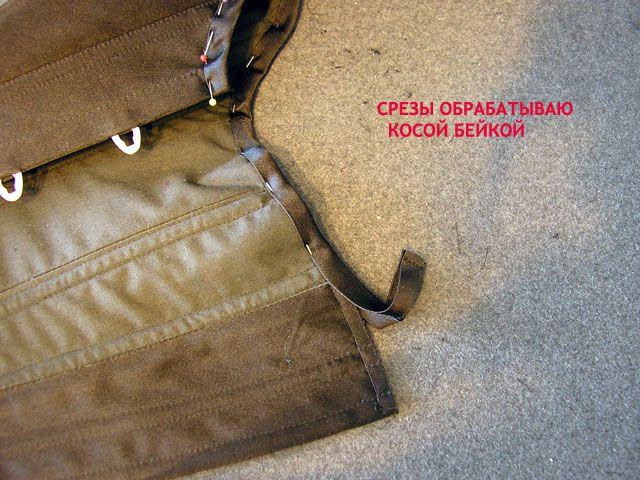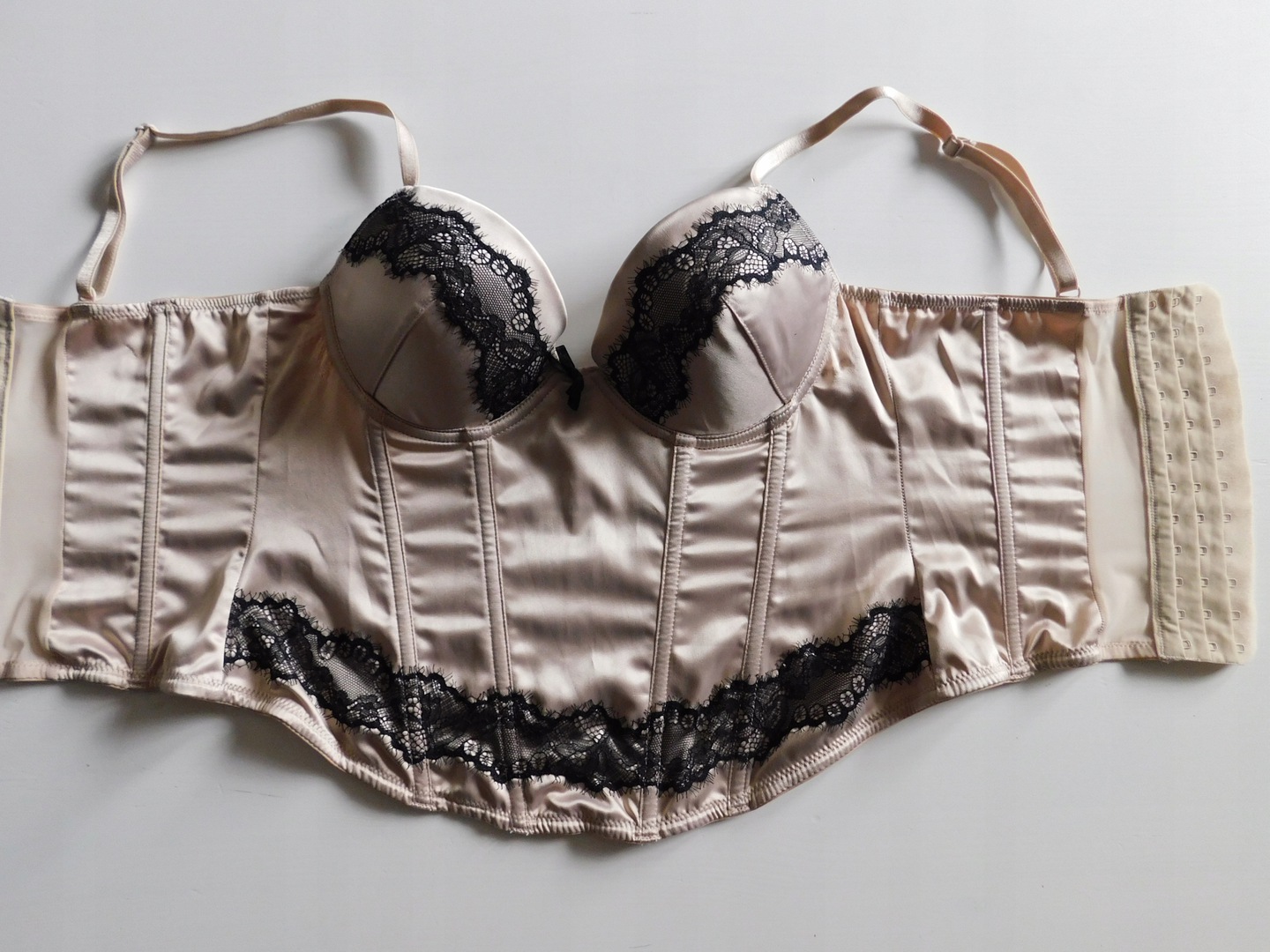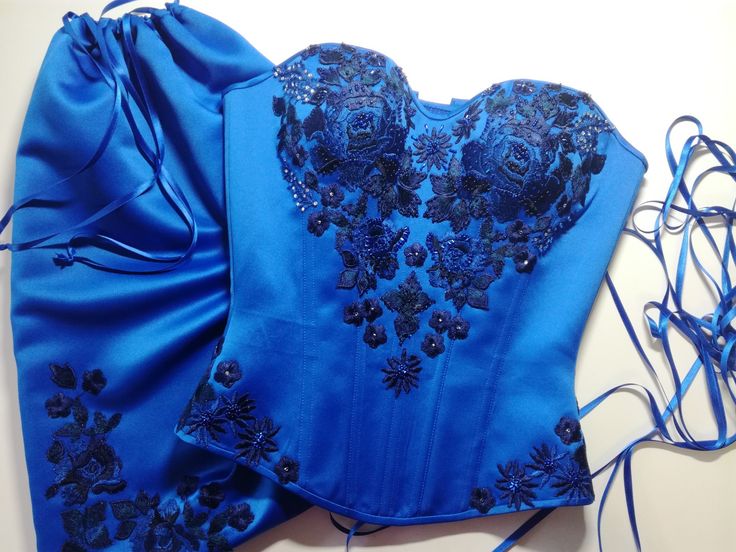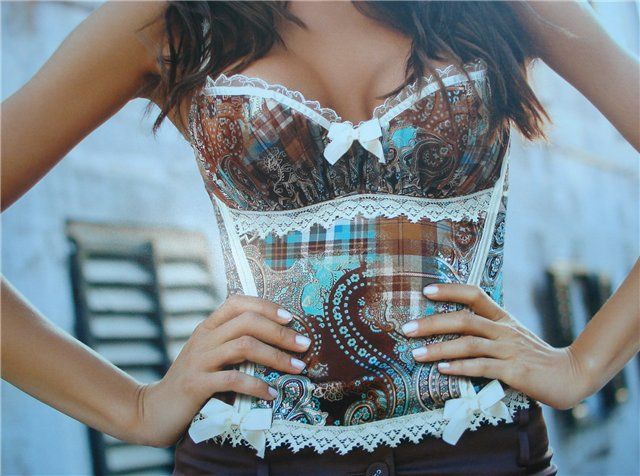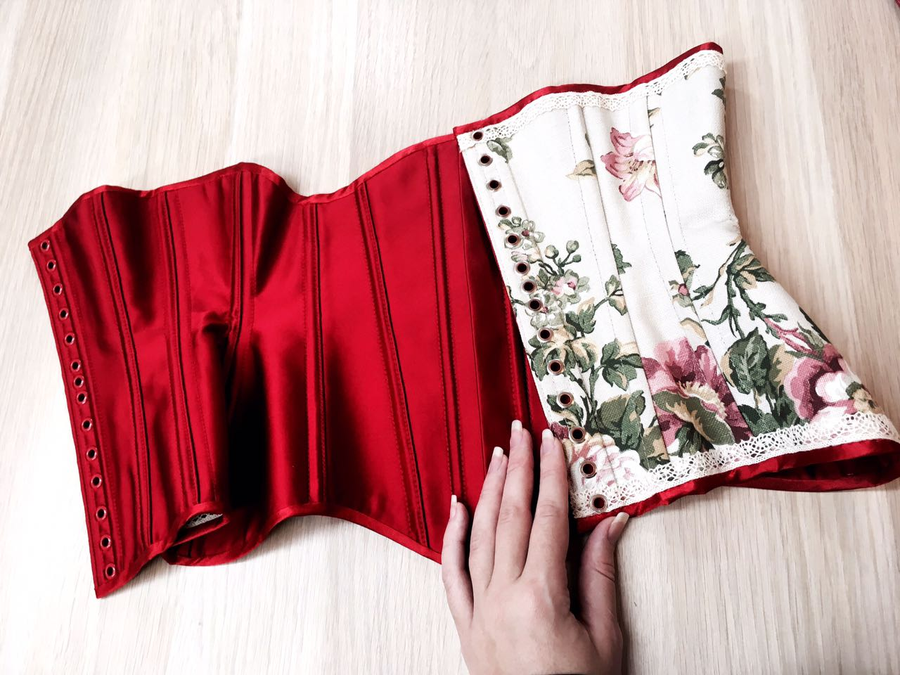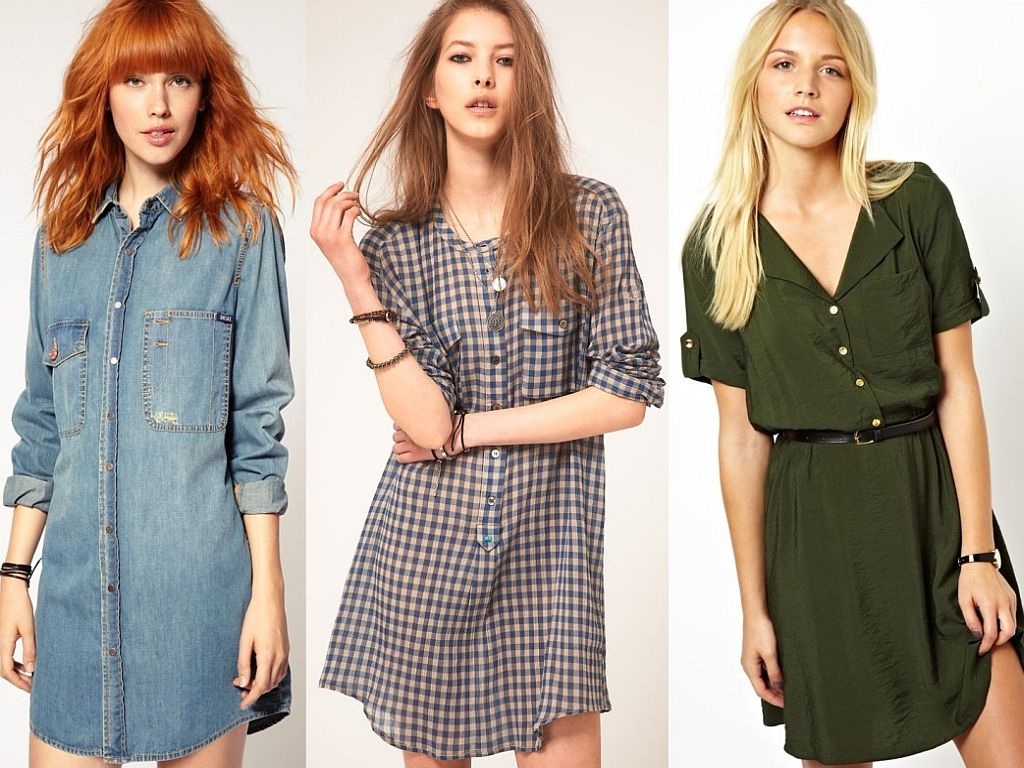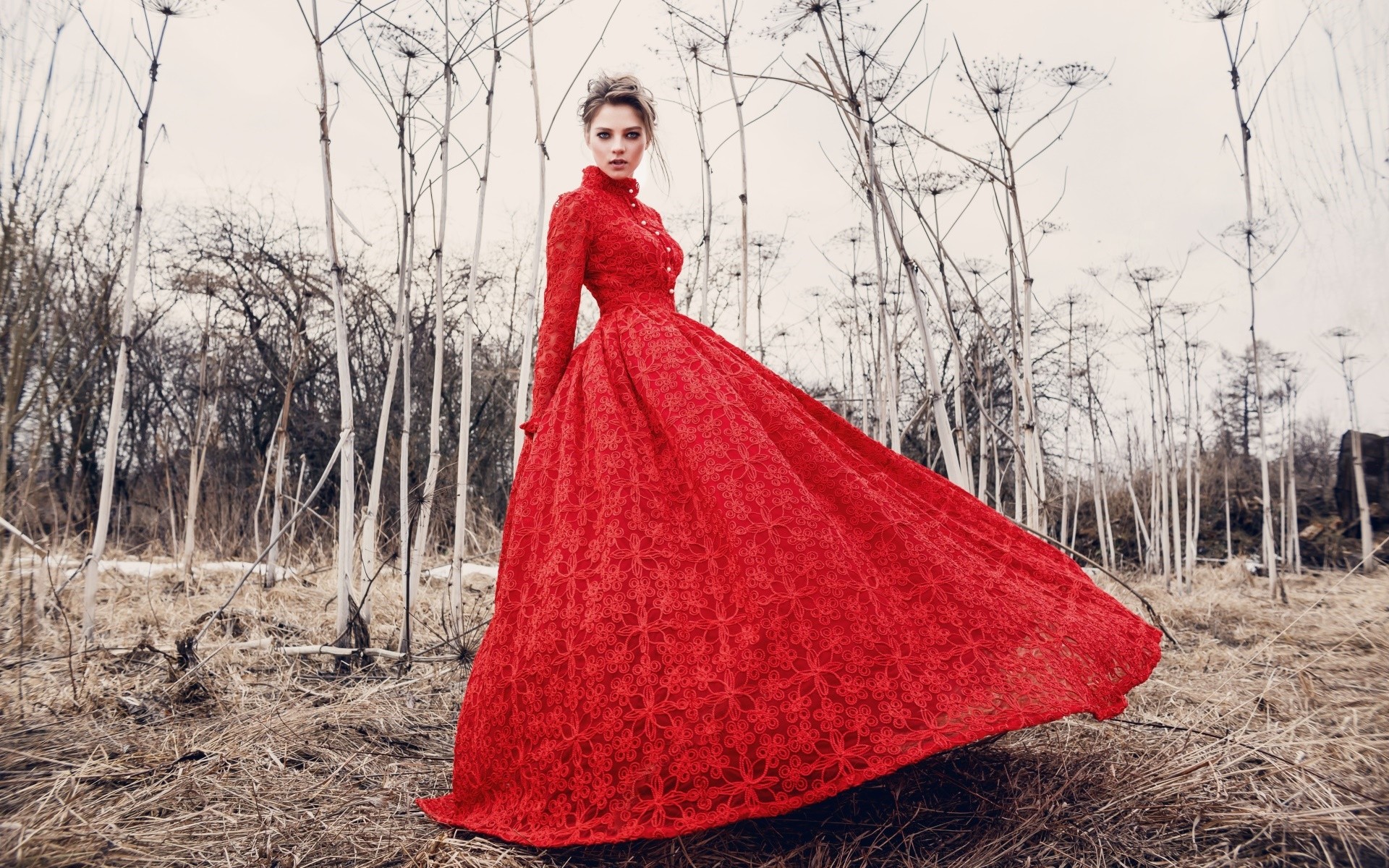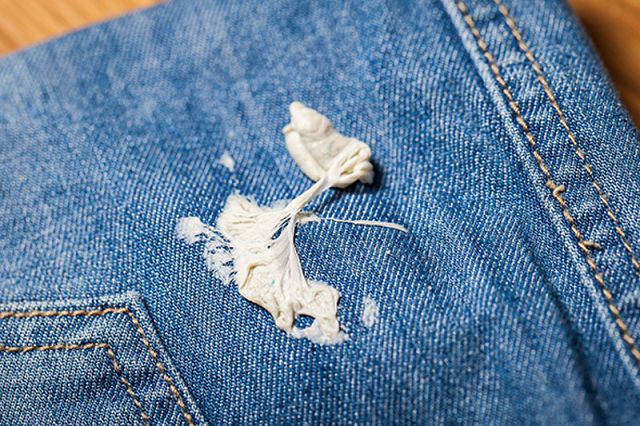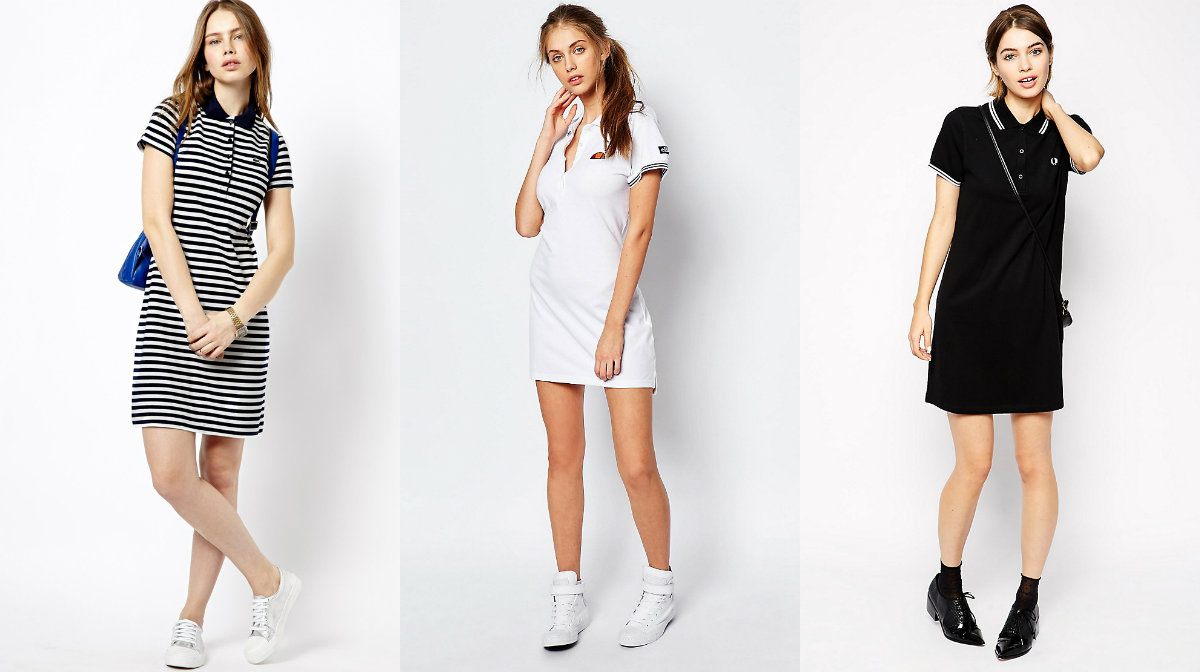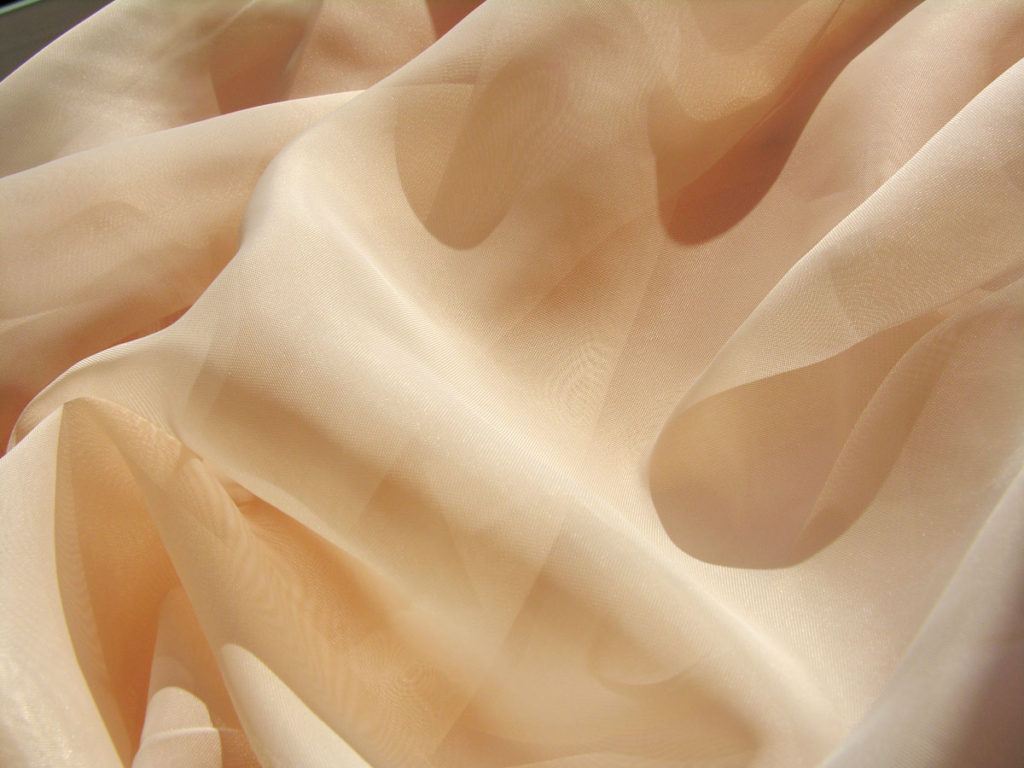Formal dresses for going out are traditionally made with corsets, but this wardrobe item has also firmly entered everyday life. Urban models, variations of underwear, and weight loss products have appeared. To get an idea of how to sew a corset, you can check out a master class for beginners. Preparing materials, assembling method, and fastening design are all within the power of even a beginner. And finally, the product can be decorated to your taste.
Choosing the right model
Many people associate a corset with a wedding dress. You can sew this integral attribute of the celebration with your own hands. Manufacturing does not require special skills if we are talking about simple options. The more complex the model, the more experience is required from the master.
You shouldn't take on complicated items of clothing. First, you need to practice on basic models, understand the intricacies of pattern construction and sewing. If everything goes well, you can take on a more complicated option.
Corsets are divided into two groups: decorative, tightening. The first ones are suitable for those whose figure does not need correction, as well as pregnant women, people with health problems, when tightening can cause harm. The tightening option will add elegance and grace. It will lift the chest, make the waist thinner, the back straighter.
The product can be made from absolutely any material that will withstand long-term use. You should not undertake sewing a corset for weight loss of the abdomen on your own, excessive long-term tightening will harm the internal organs.
When choosing a model, consider whether the figure requires correction. When the answer is yes, the location is designated:
- If a girl wants to lift her breasts, then she chooses models with a highlighted neckline and cups.
- For a thin waist, the peculiarity of constructing a corset comes down to a pronounced center line.
- For general tightening, a standard model is sewn.
For the lining, take a soft cotton material. For the upper part, the fabric is selected at the discretion of the future owner of the corset. It can be denim, guipure, silk, satin, satin.
The more the figure requires correction, the denser the fabric should be.
Materials and tools
Tools and materials play a key role, as does the construction of the pattern. Cotton fabric is used for the base, and any high-quality material is used for the upper part. It is not advisable to buy loose material, as there is a risk that the fabric will simply come apart when attaching eyelets and using it frequently. The following accessories must be purchased:
- eyelets, buttons or hooks;
- locks;
- ties;
- whalebone;
- regilin;
- Spiral and steel bones.
Lacing is done both from the back and on the central line in front. Also, both options can be combined in one model. The appearance of the item directly depends on the neatness of the fastener design.
The tools for modeling the product and its assembly are needed in full: a ruler, cellophane strips, a sewing machine, devices for attaching eyelets, scissors, a cutting tool. You can always practice and sew a corset for a dress from inexpensive, accessible material. When working with a clean version, it will be difficult to make adjustments.




Taking measurements and creating a pattern
Once the craftswoman has decided on the type of corset, she can begin creating the pattern. First, measurements are taken to ensure the product fits perfectly:
- chest circumference;
- hip circumference;
- waist circumference;
- from the point under the chest to the waist;
- from the waistline to the bottom along the side seam;
- from the waist line to the bottom of the stomach.
Modeling and sewing a corset can be done using two different methods of constructing a pattern - calculated and dummy. The latter is usually called the pinning method. The calculation method consists of taking measurements and constructing an individual pattern. The second method is simpler - the fabric is pinned to the figure (or a mannequin is used). For the dummy method, follow the instructions:
- The cords are tied on the mannequin in three places (chest, waist and stomach line). They are drawn with a cutting marker and removed.
- Also, using a disappearing marker, they draw lines, seams, mark relief parts, and the location of bones.
- Wrap a part of the mannequin with cellophane film, outline the details with a pen. Get ready elements, adding only a seam allowance.
The construction of a shaping corset is not much different from a decorative one. Difficulties arise when modeling unusual original products. In this case, a master class will not help; professional courses will be required. The modeling technology comes down to simple steps:
- The pattern is transferred to a rectangular grid, adjustments are made. After that, a template is made. If the model is made for a girl, the waist line is made less pronounced.
- Transfer the pattern to the fabric, marking all the details and numbering them. Check the accuracy, add seam allowances, cut out.
The technology of sewing a corset is carried out according to a template. After completing all the steps, you will get a "naked" standard model. It can be decorated or left as is.
It is worth remembering that only options with cords and ribbons will help tighten the figure and shape the silhouette. This effect cannot be achieved with buttons or a hidden zipper.
Sewing instructions
After the above preparations, it is necessary to transfer the pattern to the fabric. For transferring, use tailor's chalk, special pencils for cutting or thin pieces of soap. To do this, follow these rules:
- Place the pattern so that the back is parallel to the grain line.
- The points where the parts are joined (namely at the waist level) should run parallel to the weft thread.
- A proper corset does not stretch at the waist.
- The left side duplicates the right.
The material is cut according to the transferred pattern. To ensure that the product fits better and performs its functions, the cut fabric is numbered and then dipped in warm water.
Instructions on how to sew a corset with your own hands:
- Sweep the central and side elements. Sew with the back pieces, try on. Iron the seams, stitch.
- Repeat the steps with the main parts. If no adjustments are required, also finish with a machine seam.
- Connect the outer part and the lining.
- On the side seams, stitch the drawstrings and insert the bones. Ideally, they are located between the base and the lining. Instead of drawstrings, it is allowed to use rigilin - this will significantly simplify the work.
- Fix the riglin with two lines, treat the edges with masking tape. Sew both parts of the product.
An important part of sewing a corset is the design of the fastener. It can be done either on loops or on eyelets, buttons, or a hidden zipper. With eyelets, everything is simple: make holes with a punch, and secure the metal edging. To design a corset with loops, follow the instructions:
- Cut off a strip of fabric and sew it to the back side.
- The strip is turned inside out, secured with a pin, and then cut into pieces of equal length.
- The edges are overcast so that they do not crumble during sewing and use. Otherwise, the fabric may come apart at the most inopportune moment. The loops are baited so that they are the same length and width.
- Sew the loops on the inside with a matching thread.
A ribbon or cord can be inserted into the fixed stitched loops for subsequent tightening. To make the corset fastener for a wedding dress look neat, it is made of fabric of the same color and texture as the main product. Before tightening, check the reliability of the loop fastening.
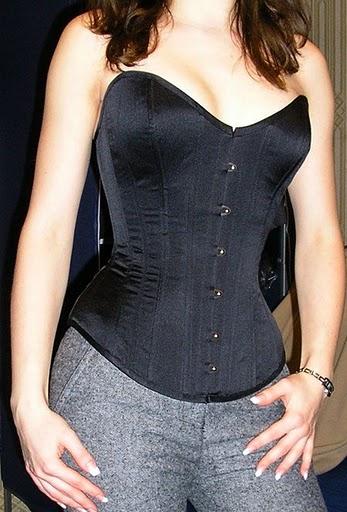 Product decoration
Product decoration
The corset pattern does not imply the presence of decorations. The advantage of simple models is that they can be modified by means of decoration. For evening, wedding options, rhinestones and crystals that shimmer when hit by rays of light are often chosen. At the same time, it is important to observe the measure, the more abundantly the top of the corset is strewn with crystals, the more modest the skirt should look.
Models in a romantic style are decorated with satin ribbons, lace, weaving, elegant frills, embroidery, and translucent flowing sleeves. The decor is usually chosen in the same color as the corset itself. If desired, you can make a belt from satin ribbon. It is tied, fixed with a bow, which can be either at the back or in the front.
Corsets hand-embroidered with rhinestones, beads or decorated with hand embroidery are considered especially luxurious. Such models are chosen for special festive events, including weddings. They are much more expensive than standard options. This also includes exclusive products with a corset decorated with precious stones or feathers.
A master class on sewing a corset will allow you to make a standard product that can be easily transformed with embroidery or applique. At the same time, even a novice craftswoman will be able to create a tightening or decorative model at home. The main thing is to choose high-quality materials and do everything exactly according to the instructions.
Video
https://youtu.be/CSAyZibQyio

